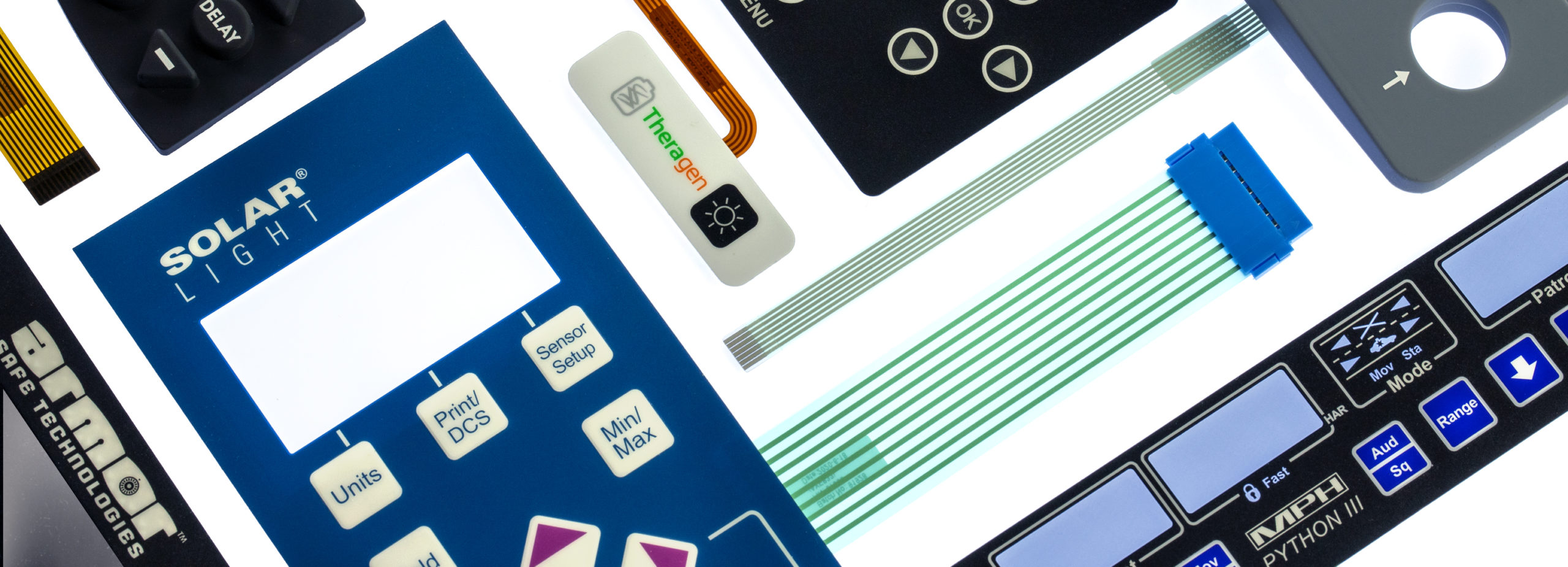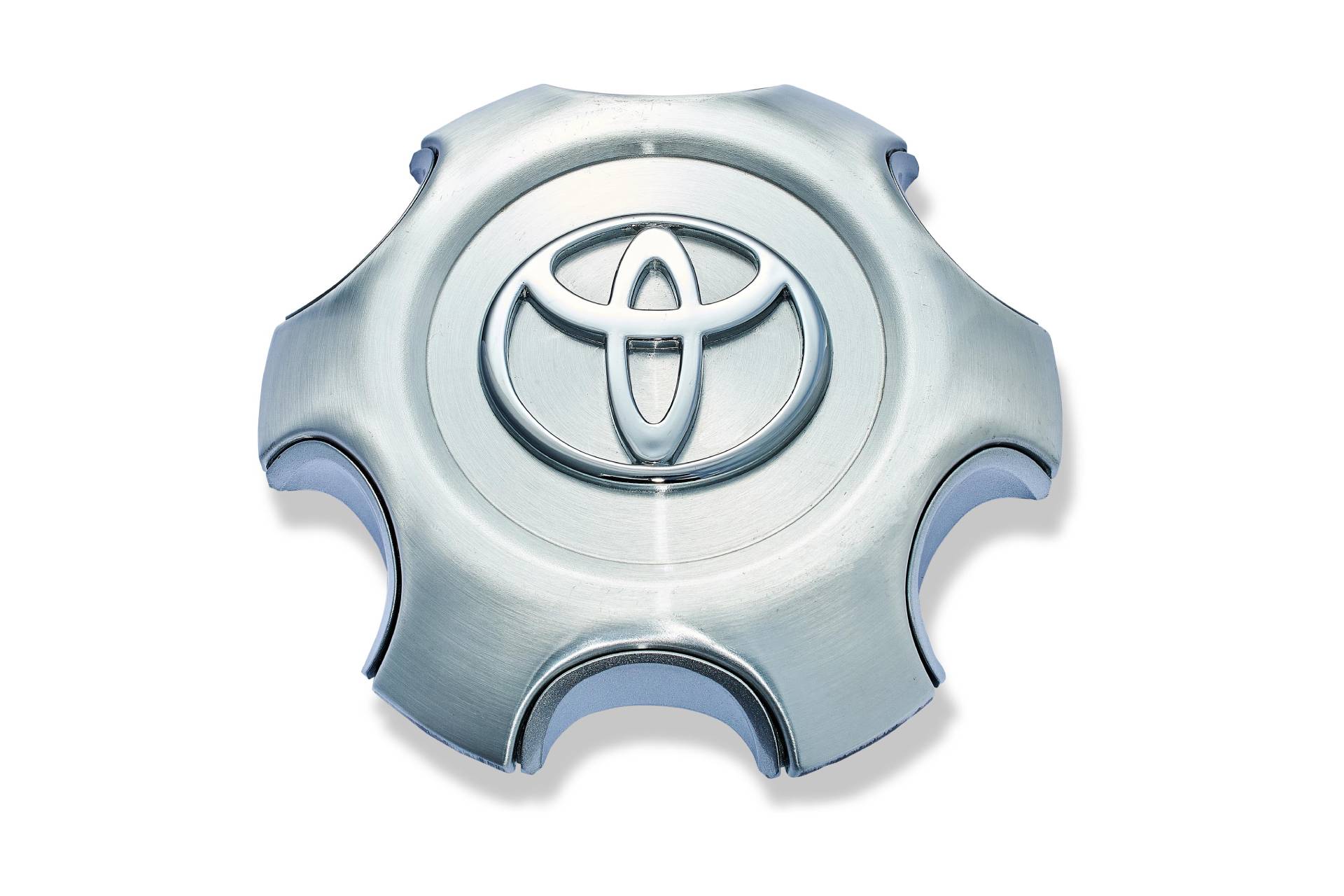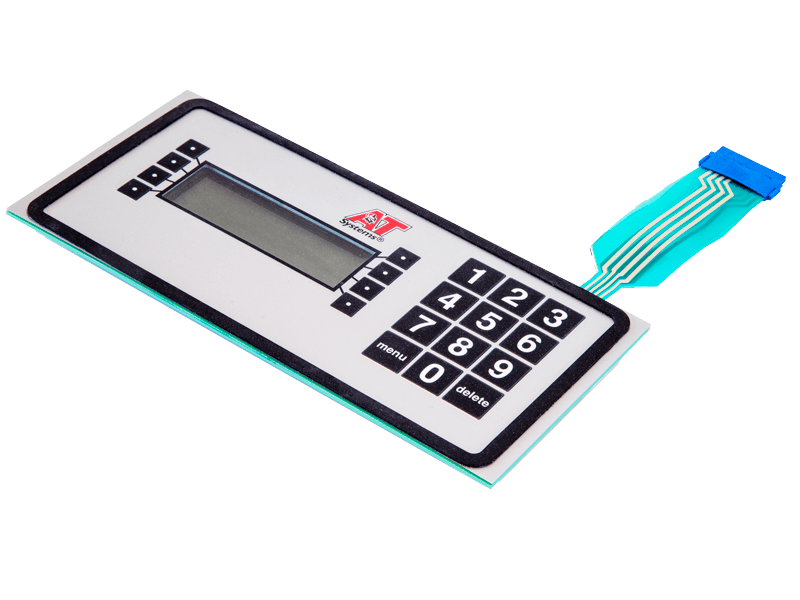All Regarding Membrane Layer Switch: Recognizing Its Design and Functionality
When you think of the control interfaces in contemporary devices, membrane switches usually come to mind. These parts are greater than just switches; they blend design and performance effortlessly. Understanding just how they function and what makes them reliable can alter your point of view on everyday electronics. But, there are nuances to their style and efficiency that you could not understand. Let's explore what collections membrane layer switches aside from various other control systems.
What Are Membrane Layer Switches?

Their smooth nature makes them very easy to tidy and immune to dirt and wetness, an important function in numerous environments. Membrane layer switches can additionally be customized relating to shape, size, and graphics, allowing manufacturers to develop unique user interfaces customized to specific products. Plus, they're light-weight and thin, which aids in lessening the general bulk of tools. In general, membrane layer buttons play a substantial duty in enhancing customer experience throughout a vast selection of applications.
How Membrane Layer Switches Over Job
When you push a key on a membrane layer button, it turns on an uncomplicated yet effective mechanism. membrane switch manufacturer. The leading layer, usually made of flexible product, presses down onto a conductive layer underneath it.
You'll discover that the responsive feedback varies based upon the switch design, offering either a soft click or an extra obvious response. Once you release the secret, the membrane returns to its initial position, resuming the circuit and stopping the signal. This process happens practically instantly, guaranteeing a responsive user experience.
Membrane layer switches are prominent due to their durability and resistance to dust and wetness, making them perfect for various applications, from home devices to medical devices. Understanding this procedure helps you value their extensive usage.
Secret Parts of Membrane Switches
Understanding the essential parts of membrane switches is essential for grasping their capability and layout. The safety layer guards versus ecological variables and use, prolonging the switch's lifespan. By recognizing these components, you'll obtain understanding into how membrane layer switches over run and their value in various applications.
Materials Made Use Of in Membrane Switch Over Design
The efficiency and durability of membrane changes heavily depend upon the materials made use of in their style. You commonly experience polyester and polycarbonate as main substratums as a result of their excellent toughness and versatility. These products withstand scrapes and chemicals, making them excellent for requiring environments.
The conductive layers commonly use silver or carbon, chosen for their integrity and conductivity. membrane switch manufacturer. Silver provides remarkable performance, while carbon is a cost-efficient option. For the overlay, you could consider a matte or shiny finish, relying on your aesthetic requirements and individual experience
Make certain to choose adhesives that endure ecological variables like temperature and humidity. Picking the appropriate materials will certainly guarantee your membrane layer button stands the test of time.
Style Considerations for Membrane Switches
While developing membrane buttons, it's essential to take into account various elements that affect their capability and customer experience. Begin by focusing on the design and switch size; make certain they're user-friendly and easy to browse.
Confirm your see this website style fits environmental variables, like moisture or temperature variations, which could impact efficiency. By carefully thinking about these elements, you'll create a membrane button that enhances usability and complete satisfaction.
Applications of Membrane Layer Buttons
Membrane layer switches are flexible components discovered in various applications, from industrial devices to customer electronics. You'll see their influence in machines that require resilient interfaces and in gadgets that profit from sleek designs. Recognizing these applications aids you value the capability and functionality of membrane layer buttons in everyday modern technology.
Industrial Devices Usage
When you're seeking to enhance the performance of industrial devices, membrane buttons use a reliable solution that integrates durability with straightforward style. These switches are best for severe atmospheres, supplying resistance to dust, dampness, and chemicals. You'll locate them in control panels for producing machines, HVAC systems, and clinical tools, where precision and responsiveness are essential. Their low account indicates they fit effortlessly right into various equipment, conserving valuable space while keeping ease of use. With customizable graphics and backlighting options, you can develop an user-friendly user interface for operators, boosting efficiency and security. And also, their lengthy life expectancy reduces maintenance expenses, making them a wise financial investment for your industrial applications. Embrace membrane switches to simplify your procedures and improve total performance.
Customer Electronics Assimilation
In the domain name of consumer electronics, membrane layer switches play a crucial role in enhancing user interaction and device capability. You'll locate them in devices like microwaves, remotes, and gaming consoles, providing a seamless means to interact with innovation. Their streamlined design enables easy combination into numerous items, making controls instinctive and easy to use. With their ability to integrate graphics and backlighting, you can appreciate a modern visual that matches the tool's general appearance. Membrane switches also assure longevity and resistance to dirt and wetness, expanding the life-span of your electronics. By choosing membrane layer switches, you boost not simply the performance but also the design of your devices, making everyday communications smooth and pleasurable.
Advantages and Disadvantages of Membrane Switches
While membrane layer switches provide an array of advantages, they also come with some downsides that you ought to consider. One significant benefit is their compact design, making them perfect for space-constrained applications.

Membrane layer buttons can have a shorter life-span contrasted to mechanical switches, particularly under heavy usage. They can also be much less tactile, which may influence individual comments throughout operation. Stabilizing these pros and cons will certainly help you figure out if membrane buttons are the appropriate fit for your task.
Frequently Asked Questions
For How Long Do Membrane Layer Changes Generally Last?
Membrane layer switches over generally last between 5 to 10 years, relying on usage and ecological problems. You'll desire to evaluate aspects like wear, exposure to dampness, and temperature variations to evaluate their longevity effectively.
Can Membrane Layer Changes Be Custom-made for Particular Designs?
Yes, you can personalize membrane switches to fit certain layouts (membrane switch manufacturer). You'll have the liberty to select colors, shapes, and layouts that match your project's demands, ensuring they blend effortlessly with your general visual
What Is the Price Variety for Membrane Layer Switch Over Production?
The cost variety for membrane layer button production typically falls between $1 and $10 each, depending upon factors like style intricacy, quantity, and products. You can obtain quotes from manufacturers to discover the very best option.

Are Membrane Layer Switches Over Water Resistant or Immune?
Membrane layer switches can be developed to be water-proof or resistant, depending upon materials utilized and building and construction approaches. If you need them for damp environments, ensure you define those demands during the design process.
How Do Membrane Switches Compare to Typical Switches?
Membrane buttons are usually thinner and extra adaptable than typical buttons, offering a streamlined layout. They're often easier to clean and incorporate, yet could internet not supply the tactile responses you're made use of to with mechanical options.
Final thought
